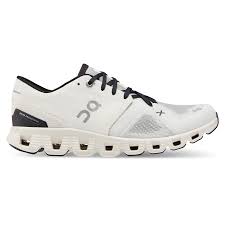Microfibra: A Versatile and Revolutionary Material

Introduction
Microfibra, also known as microfiber, is a synthetic fiber that is finer than one denier or decitex per thread, having a diameter of less than ten micrometers. This makes it significantly finer than a human hair, which typically has a diameter of around 100 micrometers. Microfibra is typically made from a combination of polyester and polyamide, and it is known for its exceptional softness, absorbency, and durability.
Properties of Microfibra
Microfibra possesses a unique set of properties that make it a versatile material with a wide range of applications. These properties include:
Softness: Microfibra is exceptionally soft and smooth to the touch, making it ideal for clothing, bedding, and towels.
Absorbency: Microfibra can absorb up to seven times its weight in liquid, making it highly effective for cleaning and wiping surfaces.
Durability: Microfibra is incredibly durable and can withstand wear and tear, making it a long-lasting material.
Lint-free: Microfibra does not shed lint, making it a good choice for people with allergies.
Quick-drying: Microfibra dries quickly, which is beneficial for cleaning cloths and athletic apparel.
Stain-resistant: Microfibra is resistant to staining, making it easy to clean and maintain.
Applications of Microfibra
Due to its remarkable properties, microfibra has found a wide range of applications in various industries. Some of the most common uses of microfibra include:
Cleaning: Microfibra cloths are widely used for cleaning because they are effective at removing dirt, dust, and even bacteria. They can be used wet or dry, and they do not require harsh chemicals.
Clothing: Microfibra is used in a variety of clothing items, including athletic wear, swimwear, and casual wear. It is also used in linings and interfacings for garments.
Upholstery: Microfibra is a popular choice for upholstery because it is durable, stain-resistant, and easy to clean. It is used in furniture, car interiors, and boat interiors.
Industrial Filters: Microfibra filters are used in a variety of industrial applications, including air filtration, water filtration, and oil filtration. They are highly effective at removing impurities from air, water, and oil.
Personal Care Products: Microfibra is used in a variety of personal care products, such as towels, washcloths, and bathrobes. It is also used in makeup brushes and applicators.
Environmental Considerations
While microfibra offers many benefits, there are also some environmental concerns associated with its production and use. Microfibra is a synthetic material made from petroleum-based products, which are non-renewable resources. Additionally, microfibra particles can be released into the environment during washing, which can harm aquatic life.
To minimize the environmental impact of microfibra, it is important to choose products made from recycled microfibra whenever possible. Additionally, it is important to properly wash and care for microfibra products to extend their lifespan and reduce the need for replacements.
Conclusion
Microfibra is a revolutionary material that has transformed various industries and enhanced our daily lives. Its exceptional softness, absorbency, durability, and versatility make it a valuable material for a wide range of applications. However, it is crucial to consider the environmental impact of microfibra and adopt sustainable practices to minimize its negative effects on the environment. By using microfibra responsibly and choosing products made from recycled materials, we can continue to enjoy the benefits of this remarkable material while protecting the planet for future generations.tunesharemore_vert






